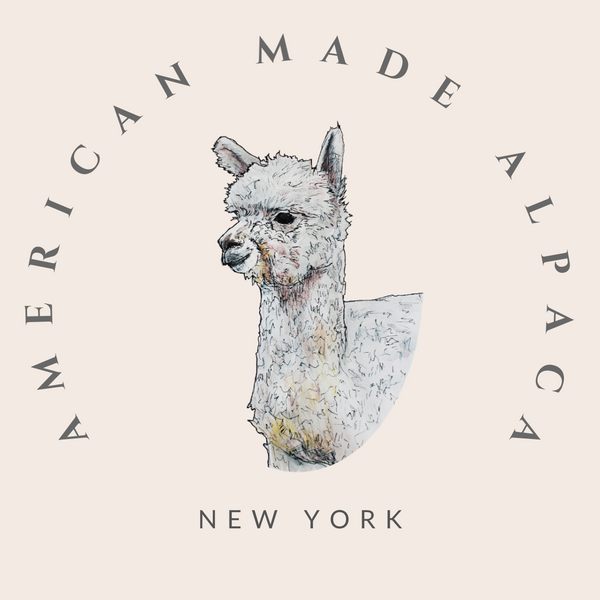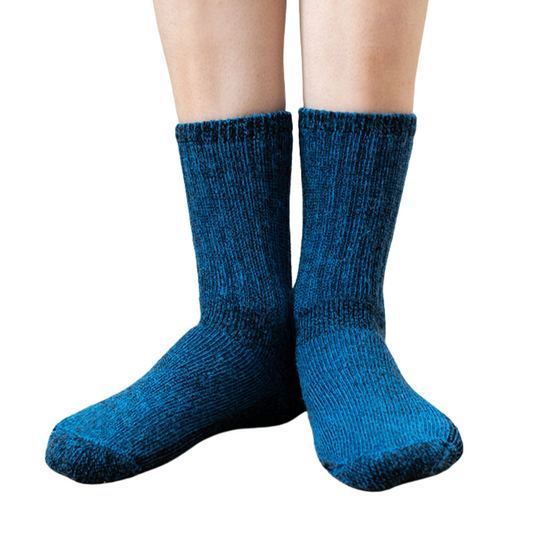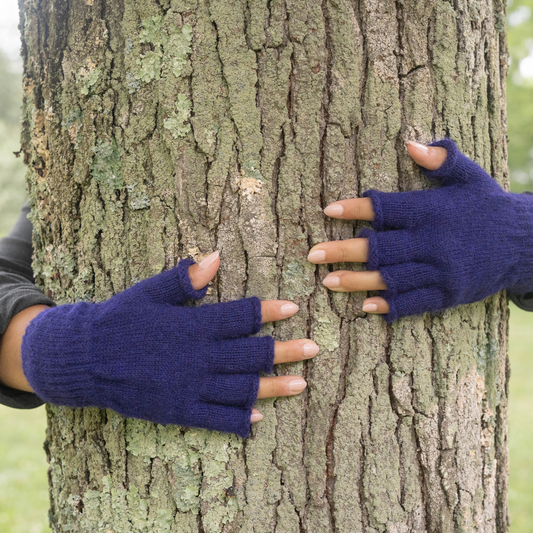If you’ve ever finished a shift with throbbing arches and sore heels, you know standing all day is no joke. Nurses, teachers, warehouse staff, retail clerks—anyone who’s on their feet for 8 to 12 hours can tell you that the wrong socks make everything worse. Thin cotton collapses by noon. Cheap synthetics turn your boots into swamps. The right socks aren’t just about comfort; they’re about survival.
Why Cotton Doesn’t Cut It
Cotton is soft for the first hour, but that’s where the benefits end. It soaks up sweat and flattens out fast. Once the cushion is gone, you’re walking on bare boots. That pounding translates into sore joints and blisters.
The Synthetic Trade-Off
Polyester blends promise durability, and they wick sweat better than cotton. The problem? They don’t breathe. Heat builds up, your feet get clammy, and odor sets in quick.
How Alpaca Changes the Game
Alpaca socks hold their cushion all day. The fibers are resilient, so they don’t flatten under pressure. They wick moisture away from your skin while still breathing, keeping your feet dry instead of swampy. And because they’re naturally odor-resistant, they stay fresher even after back-to-back shifts.
For Every Industry
-
Nurses: Stay comfortable through 12-hour rotations.
-
Teachers: Walk the classroom without sore arches.
-
Warehouse crews: Concrete floors are punishing; alpaca cushions the impact.
-
Retail staff: Hours of standing don’t have to end with sore, damp socks.
Bottom line: If your workday keeps you upright from clock-in to clock-out, alpaca socks are your best defense against sore, sweaty, blistered feet.





